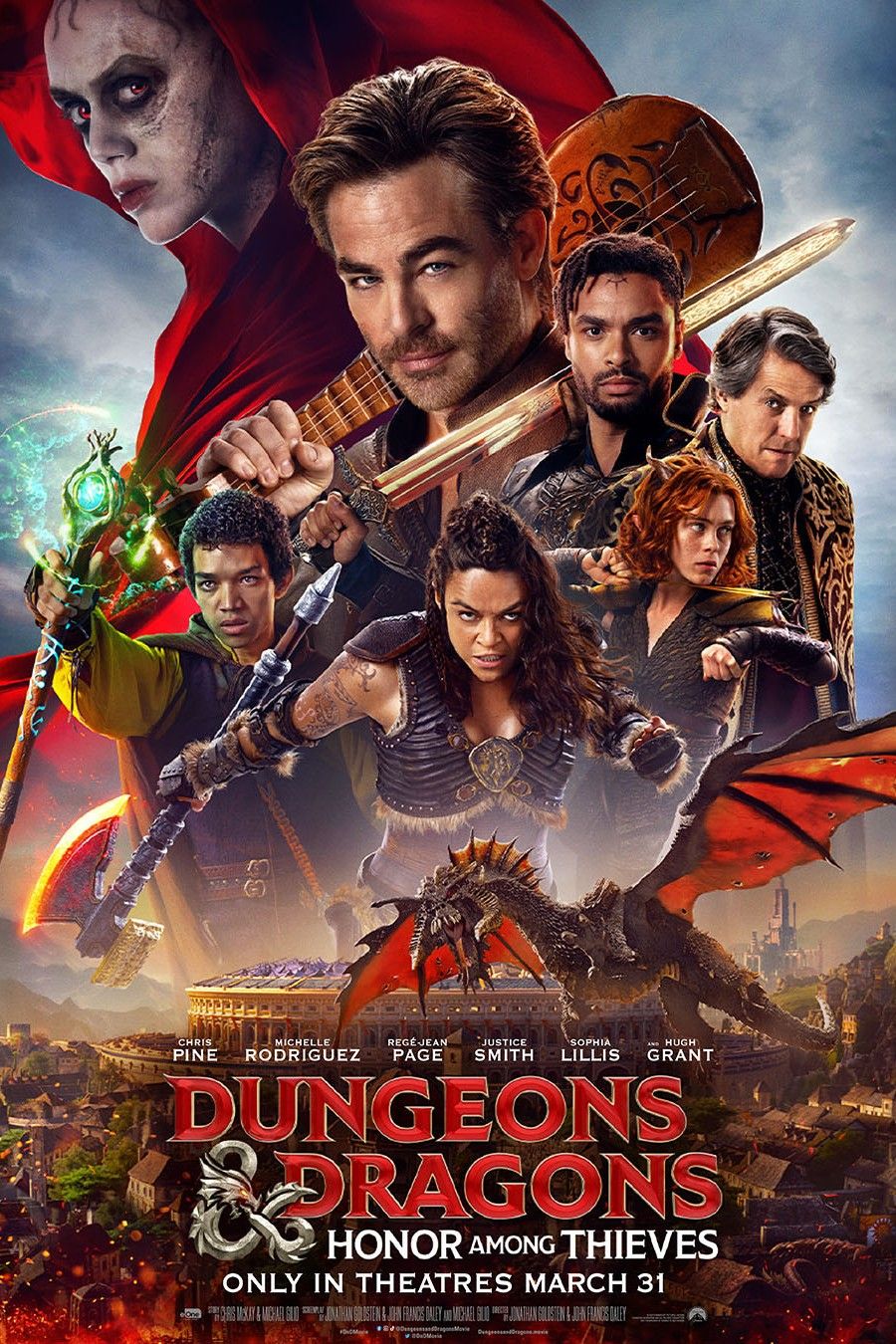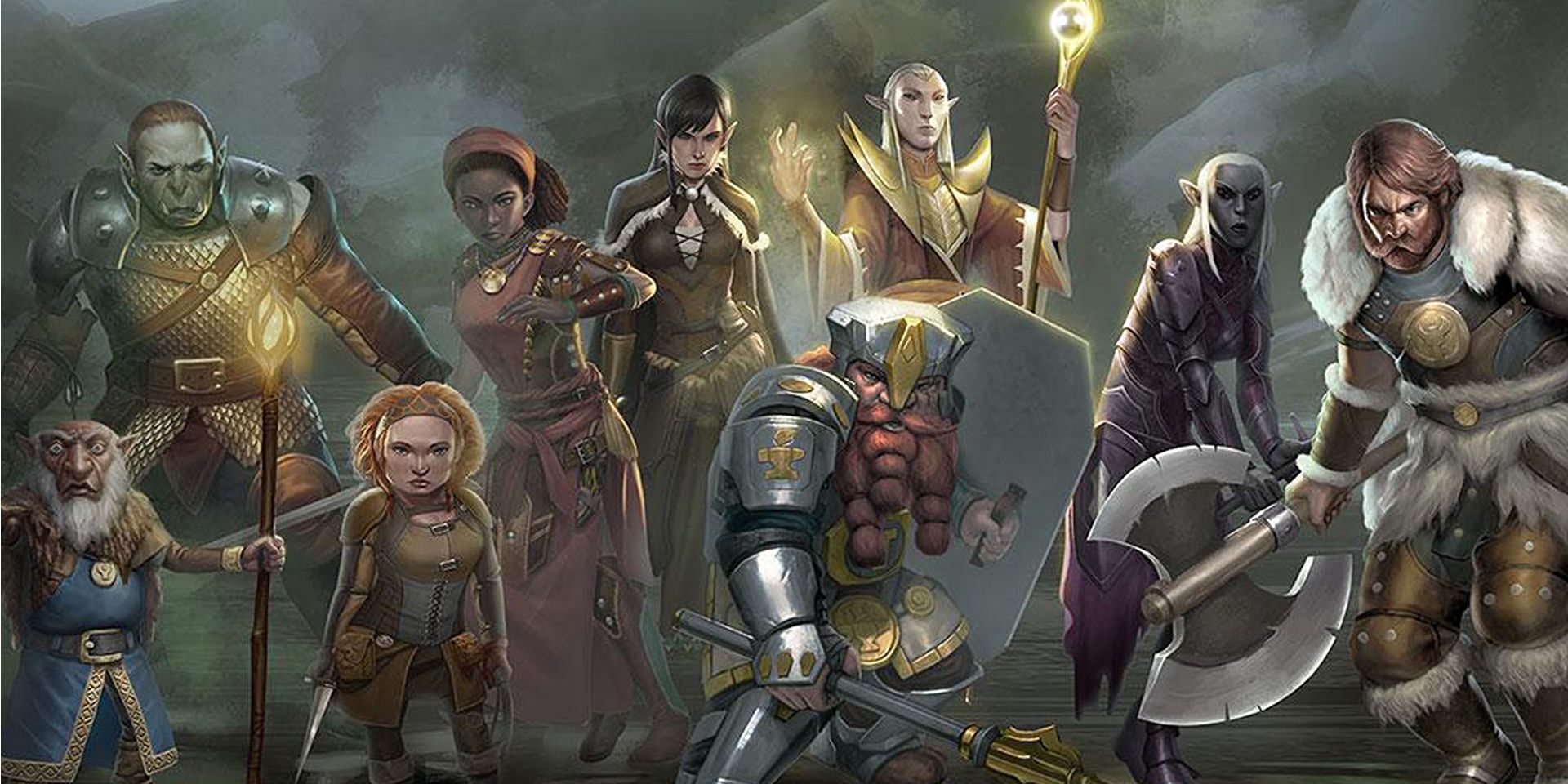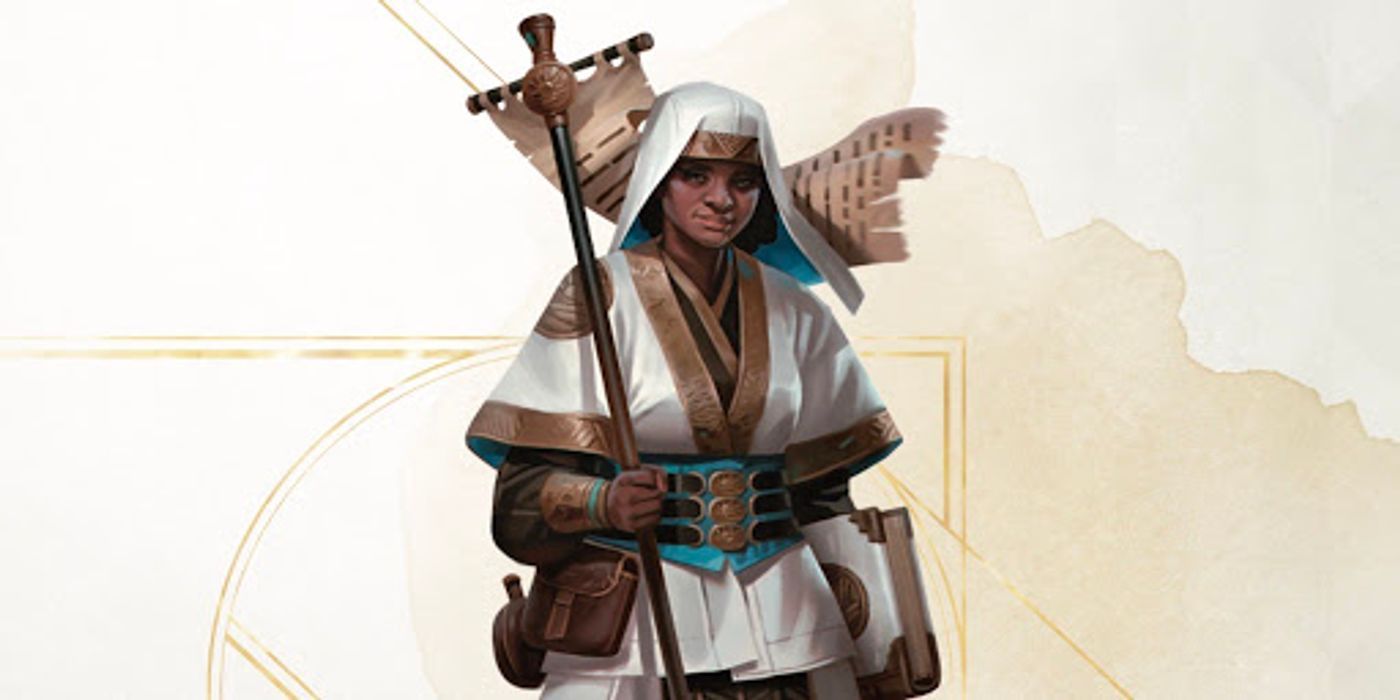Dungeons & Dragons: Honor Among Thieves
Nearly every western phantasy RPG out there has grapheme social class and flesh which seethe down to four general archetypes : the steel - sling warrior , the human dynamo - chucking mage , the backstabbing rogue , and last , the " Cleric " or " Priest , " who keeps the other three archetypes on their feet with blessing and healing magic spell . How did the construct of the Cleric character class first take shape , though ? The answer to this question lie in the not - so - distant past times of the 1970s , where playtests of the originalDungeons & Dragonssystem took berth , as well as in historic and theological account of monastic decree , wandering miracle - workers , and holy prophets in Europe , the Middle East , and other role of the reality .
In the 1980s , there was a monumental " Satanic Panic " in the United States standardized to the Comic Book Scare of the 1950s , where sure spiritual figures and protagonism groups accusedDungeons & Dragonsof promoting devil - adoration and the practice of black magic . To suffer their accusations , these people pointed to the mien of fiend , devil , and monsters in thesourcebooks ofD&D , flush it to recognize that these beings were antagonists think to be ban and sweep over , especially for players who take on the roles of holy priest and other evil - afflict warriors .
Related : Why Tékumel Is The Greatest RPG Setting You ’ve Never Heard Of

In RPGs ranging from tabletop games likeD&Dtovideo game likeDark Souls , the Cleric , Priest , or White Mage straddles the line between blade - slinger and spell - caster , being both proficient with the use of armor and weapons ( peculiarly the Mace ) and empower with godlike magic from their patron god / goddess , magic that is used to mend grievous combat injury , therapeutic ailments , bless other people , and most iconically , ban satanic existence like demons and the restless drained . Stories of " Holy Warriors " or " Miracle Workers " has been around since ancient times , but the impression of " Magical Priest Heroes " really took off in phantasy games and fiction during the belated 1970s , when Gary Gygax and Dave Arneson were refine the concept ofDungeons & Dragonsthrough innumerous games played with their friends .
The Cleric’s Origins In Dungeons & Dragons
As detailed in the " A Handful of Class - ic Histories " article by Shannon Appelcline on the officialD&Dwebsite , the Cleric was the third iconicclass to show up in earlyD&D , after the " Fighting - Men " and " Magic - Users " first impersonate in Gary Gygax ’s " Chainmail " rule for fantasy wargaming . According to veteranD&Ddesigner Mike Carr , the Cleric might have first appeared in the Castle Blackmoor crusade hosted byD&Dco - creator Dave Arneson , where Mike seek to create a eccentric with holy vampire - hunt down powers ; if his recollections are correct , this goes far to explicate the Cleric ’s iconic " Turn Undead " magnate , in which by flourish a holy symbol they can force undead tool to shrink back and flee .
Vampire - hunting away , the Cleric was also a very utile addition to earlyDungeons & Dragons , which concentre less on broad narrative arc and more on cautiously exploring intricately deadly dungeons filled with monsters , trap , and treasures . The Cleric ’s healing and support magic act as a counter to the unbendable attrition of health , spells , and supply warriors and wizards would suffer as they fall deeper into a dungeon , while their ability to wield artillery and wear off armor made them a tougher tantamount to the notoriously spongelike " Magic - User " class . Odder quirk of the earlyDungeons & DragonsCleric class , such as their power to mobilise plague and their restriction of only using blunt weapons , can be traced to Gary Gygax ’s conversancy – and want of familiarity – with ancient pantheon of gods , holy prophets from the Bible , and the " Militaris Ordo"of the Middle Ages .
The Cleric’s Origins In History, Myth, And Theology
InDungeons & Dragons , Pillars of Eternity , and otherwestern phantasy RPGs , most Clerics or Priests usually devote themselves to a individual immortal within a polytheistic pantheon – a God or Goddess of War , Harvest , Justice , Love , Trickery , Storms , or other sphere . Furthermore , the potency of a Cleric ’s divine illusion is usually tied to the intensity of their religious belief and their belief in the moral rule their deity upholds . Ancient polytheistic faith normally did n’t operate this way in substantial liveliness , though .
refer : Dungeons & Dragons ' Official Alignment Test explain
For most historic " Pagans , " religion was a transactional arrangement between a civilisation and their patron deities , a form of divine diplomacy where people gained the favour of their deity / goddess by giving them offerings and sacrifice . For this reason , both laypeople and priest in these societies would idolise multiple deities based their personal want – triumph in war , base hit on a sea - ocean trip , smoothness of childbirth – rather than their notion in the morals those graven image upheld .

They might subsist in a globe with a polytheistic pantheon , but the pious Clerics inDungeons & Dragons’gamesbear a far closer resemblance to monotheistic Hebraical oracle like Moses and Elijah from the Old Testament – not only in their use of godlike powers such as healing , summoning worm pestilence , or calling down pillars of fire , but for their opinion in their god ’s superpower and moral transcendence . Visually , most Clerics ( and sure types of Paladins ) also happen to be pose after the Knights Templar , Knights Hospitaller , and other monastic warrior of Europe who fought struggle and guarded pilgrims during the Crusades .
Additionally , theD&DCleric ’s signature bludgeoning weapons were revolutionize by the diachronic Odo of Bayeux , a Norman Bishop pronounce to have fought in the Battle of Hastings with a club . This story would later lead to the false assumption that warrior priest in the Middle Ages were forbidden from wielding weapon with a blood - lease edge , and is the reason why divine and mace are unremarkably found in close law of proximity in tabletop part - flirt games likeDungeons and firedrake , as well as in fantasyRPGs in other forms of media .
Next : Resources For D&D Players endeavor to Make Fun Character Backstories

Source : Dungeons & Dragons

